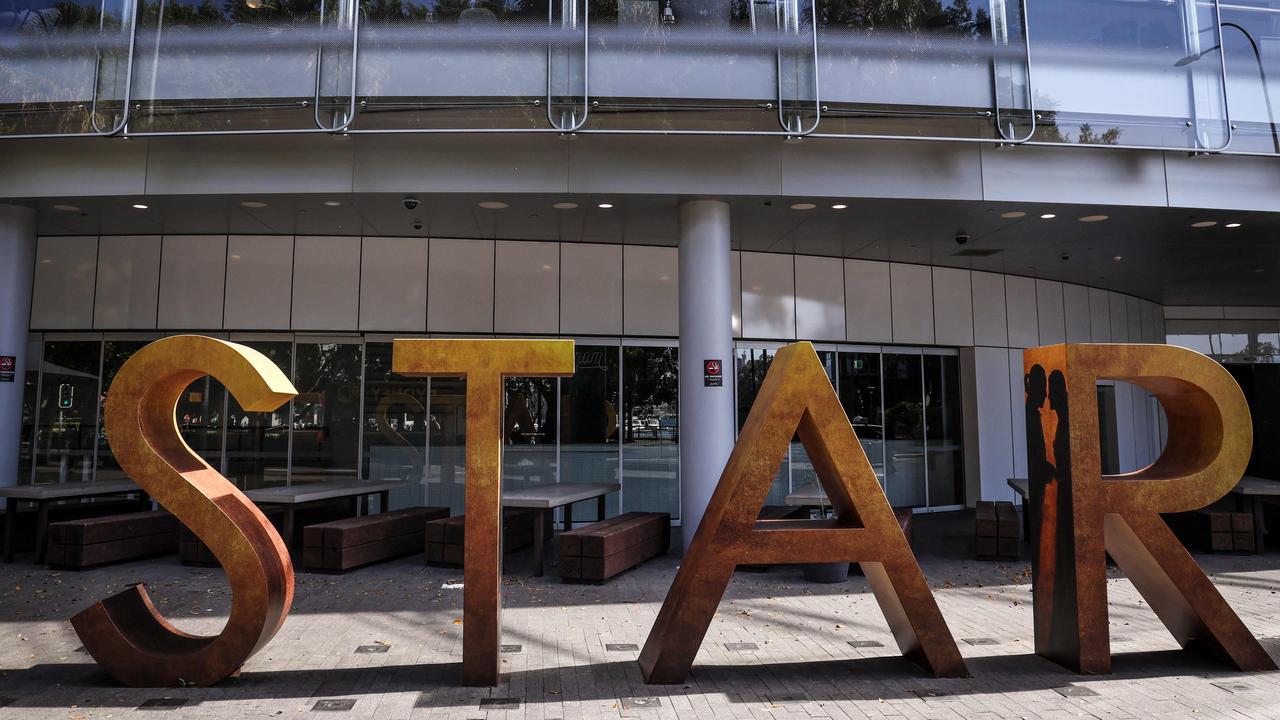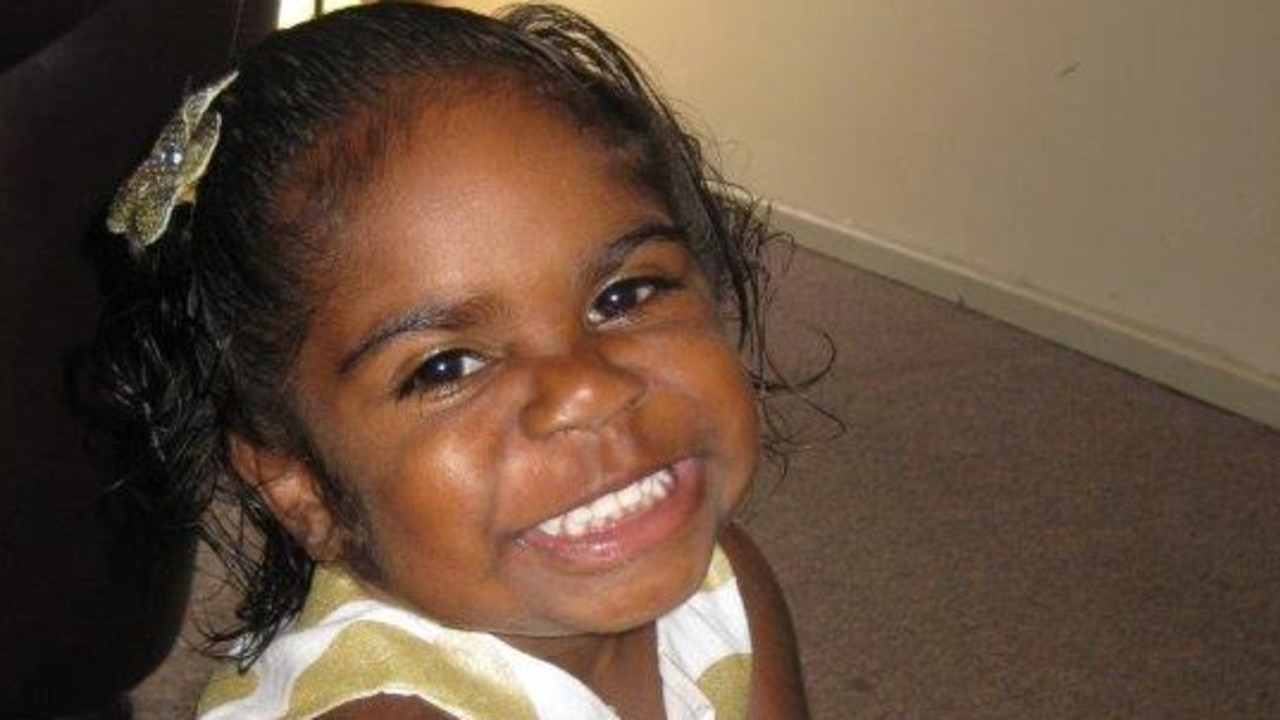How the 'CSI effect' sent an innocent man to prison
THE use of DNA as evidence in criminal cases has come under the spotlight after an innocent man was imprisoned.
THE nation's attorneys-general have set up a working party to examine national standards for the use and collection of DNA evidence in light of a "disastrous" miscarriage of justice that saw a 22-year-old man imprisoned for a rape that did not even occur.
The investigation was announced after a scathing report by former judge Frank Vincent about the Victorian case of Farrah Jama, whose conviction for the rape of a 48-year-old woman was quashed 16 months into his prison sentence after it was discovered the DNA sample that incriminated him was contaminated.
The Somali migrant was successfully prosecuted based solely on his DNA being found on the victim, despite the fact he had an alibi and there was no other evidence to connect him to the alleged crime.
Not only did Mr Vincent find in his investigation that there was no evidence that Mr Jama committed the 2006 rape -- for which Mr Jama was sentenced to six years jail after he "showed no remorse" -- but there was no evidence that a crime even occurred.
In what has been labelled a "complete debacle" for the criminal justice system by legal experts, the case has again thrown the spotlight on significant problems with the use of DNA in criminal cases.
These include issues relating to poor DNA collection standards that lead to contamination and a view by the criminal justice system that DNA has almost "mystical infallibility" and is enough to convict an alleged offender.
Dubbed the "CSI effect", this is usually associated with jurors who are placing too much weight on DNA evidence.
However, Mr Vincent noted in his report that this occurred not only with the jury but also police investigators and prosecutors who were essentially blinded by the DNA evidence.
"The DNA evidence appears to be viewed as possessing an almost mystical infallibility," he wrote. "It became clear that the DNA evidence was perceived as so powerful by all involved in the case that none of the filters upon which our system of criminal justice depends to minimise the risk of a miscarriage of justice operated effectively at any stage."
His report was released on the same day Victoria Police quietly accepted all the recommendations of its DNA inquiry into a new model of statistical interpretation that caused headaches for prosecutors last year.
The inquiry, headed by three international scientific experts, found the new model should be replaced and the police's laboratory, DNA collection methods and anti-contamination methods all needed significant improvement.
The SCAG working party, which will also look at ways to ensure the "CSI effect" will not "compromise the integrity" of criminal prosecutions, comes as the High Court prepares to hear a case seeking to prevent juries convicting people based only on DNA evidence.
"It is a disaster, a debacle," said University of Melbourne associate professor of law Jeremy Gans of what happened to Mr Jama.
"It simply cannot get worse than what happened in this case. The criminal justice system has taken an incident where nothing happened and has harmed everyone involved. If anyone in the process thought for one second about the implausible facts of the case, it would have been stopped straight away."
And the facts of the case do paint a disturbing picture. In his 81-page examination of the case, tabled in Victorian parliament last week, Mr Vincent reveals serious "deficiencies" in DNA collection, investigation and prosecution that led to the conviction of Mr Jama.
On the night of July 15, 2006, Mr Jama was at home, in the city's north. A woman, who is only referred to as M, was sitting in her sister-in-law's car drinking shots of Frangelico before heading into an Over-28's nightclub in Melbourne's very middle-class eastern suburbs. She had earlier in the day taken prescription medicine.
Two hours later, she was found unconscious in the nightclub toilet cubicle. It took two security guards to lift her and take her to a nearby hospital.
After telling medical staff she could not account for why she was unconscious, it occurred to her she may have been drugged and raped. The police were called at her request and forensic officers took a DNA sample.
Mr Vincent found that at some point when the sample was taken, whether it be from the equipment on the medical trolley, or from the uncleaned scissors that were used, it became contaminated with DNA that was coincidently taken from Mr Jama by the same doctor and in the same room just 24 hours earlier for an unrelated criminal matter.
Investigators found no link between Mr Jama and the nightclub in the suburb of Doncaster; he was not spotted by any of the 800 patrons, the alleged victim said she did not remember seeing or speaking to "any black men" that night, there was no security camera footage as they happened not to be working that night and security guards told police that they had never seen Mr Jama.
"He was a 19-year-old student of Somali origin living in Preston and studying year 12 VCE. He had no prior convictions, no known connection with the Doncaster area, claimed he did not drink alcohol," Mr Vincent noted. "At face value, there would seem to be little, if anything, to attract a person of his age group and what is known of his social connections to such a place."
He found that a police detective "conscious of the lack of supporting evidence" queried the forensic department whether the sample could be contaminated and suggested that a report be prepared on the issue.
But the department reassured the officer that contamination could not have occurred and no report on this possibility was ever completed.
Prosecutors decided to go ahead with the case despite serious holes in the evidence; including how and where the alleged rape occurred.
Mr Vincent noted there was no evidence that a drug was used, police ruled out that the incident happened in the toilet cubicle and said it was difficult to see how Mr Jama could have moved the woman by himself without attracting attention.
"The prosecutor submitted (to the jury) that they need not be concerned with such matters as when and where the rape of M could have taken place or the absence of any other evidence incriminating Mr Jama because the DNA evidence established his guilt."
The prosecutors told the jury that the DNA evidence was "rock solid" and they could act upon it "safely and beyond a reasonable doubt". And they did.
It was not until after he was jailed that Mr Jama retained new lawyers who demanded the DNA be retested. His conviction was quashed in the court of appeal last December.
Mr Vincent made 10 recommendations that Victorian Attorney-General Rob Hulls immediately adopted following the release of the report.
Lawyers for Mr Jama say they will take action against the Victorian government unless his demand for compensation is met.
The working group is due to provide "preliminary feedback on national DNA standards in July.



